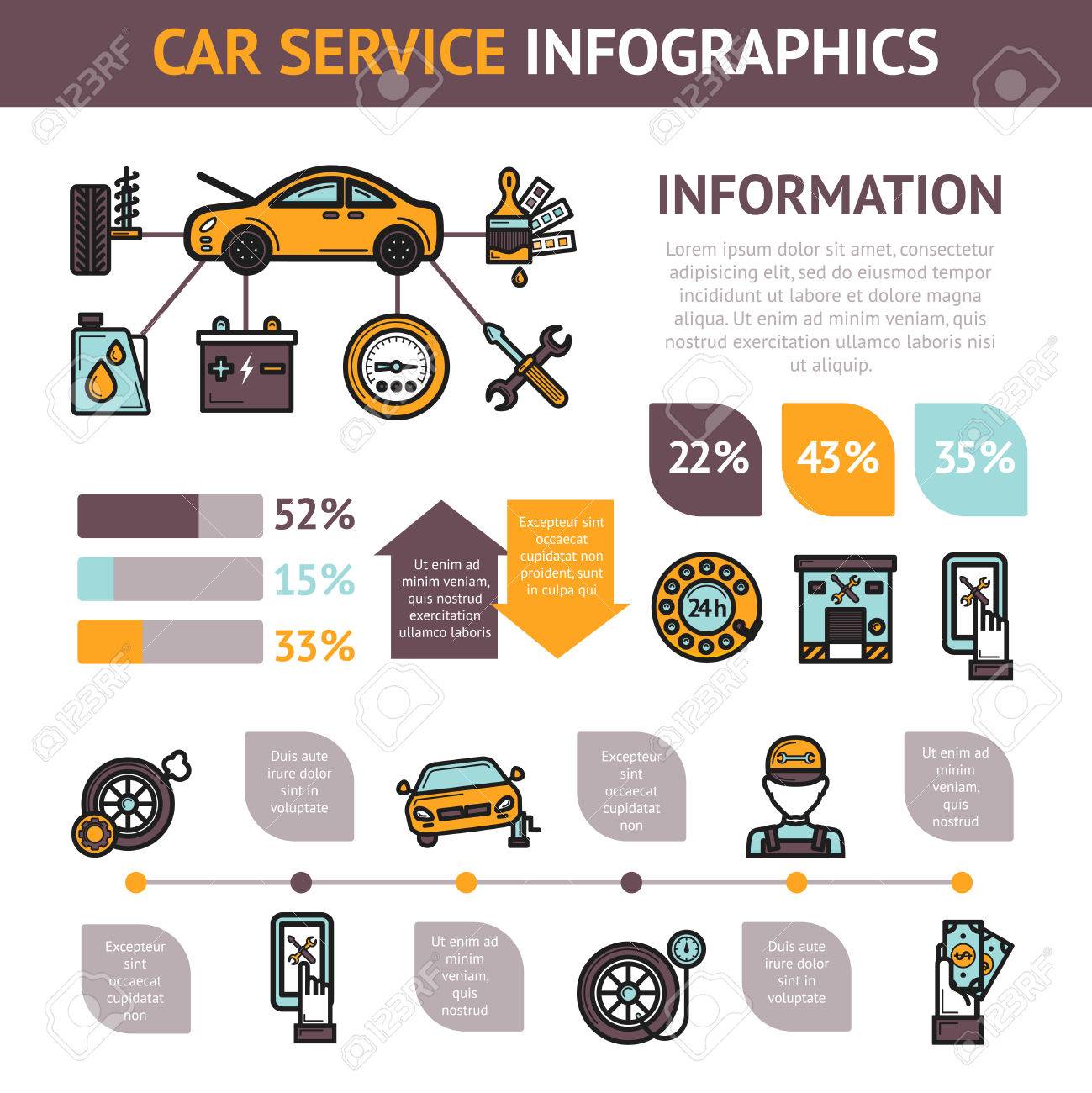Intrigued In Understanding The Warning Lights On Your Vehicle'S Control Panel? Discover Their Relevance For Your Vehicle'S Safety And General Condition
Intrigued In Understanding The Warning Lights On Your Vehicle'S Control Panel? Discover Their Relevance For Your Vehicle'S Safety And General Condition
Blog Article
Write-Up Author-Termansen Winters
When you lag the wheel, those radiant caution lights on your control panel can be a bit complicated. Do you understand what they're trying to inform you about your cars and truck's health and wellness? Recognizing the relevance of these lights is crucial for your safety and security and the durability of your vehicle. So, https://transmission-fluid-change94948.bloggosite.com/38852385/learn-exactly-how-environmentally-friendly-car-detailing-items-can-boost-your-lorry-s-shine-while-safeguarding-the-planet-discover-the-lasting-alternatives-awaiting-you of those lights pops up, wouldn't you intend to decipher its message properly and take the essential actions to address it?
Common Warning Lights and Interpretations
Determine common warning lights in your cars and truck and understand their definitions to ensure safe driving.
The most common warning lights consist of the check engine light, which indicates problems with the engine or discharges system. If this light comes on, it's important to have your car checked quickly.
The oil pressure advising light suggests reduced oil stress, calling for instant interest to stop engine damages.
A blinking battery light could recommend a damaged charging system, possibly leaving you stranded if not resolved.
The tire pressure surveillance system (TPMS) light alerts you to reduced tire pressure, impacting vehicle security and fuel effectiveness. Ignoring this might bring about harmful driving problems.
The abdominal muscle light suggests a trouble with the anti-lock stopping system, jeopardizing your capability to stop promptly in emergencies.
Finally, the coolant temperature warning light warns of engine overheating, which can lead to severe damages otherwise resolved swiftly.
Recognizing these usual warning lights will certainly aid you resolve problems without delay and maintain risk-free driving conditions.
Relevance of Prompt Attention
Recognizing the common warning lights in your auto is just the initial step; the value of without delay resolving these warnings can not be stressed enough to ensure your safety on the road.
When a caution light brightens on your dashboard, it's your cars and truck's means of connecting a prospective problem that needs attention. Ignoring these cautions can lead to much more severe issues later on, compromising your safety and security and possibly costing you extra out of commission.
Prompt attention to cautioning lights can stop breakdowns and crashes. For carvaleteastauckland , a flashing check engine light might show a misfire that, if left ignored, can cause damages to the catalytic converter. Addressing this quickly can save you from a pricey repair.
Similarly, a brake system alerting light could signify reduced brake liquid or worn brake pads, important parts for your safety when driving.
Do It Yourself Troubleshooting Tips
If you observe a caution light on your control panel, there are a couple of do it yourself repairing pointers you can try prior to seeking professional help.
The primary step is to consult your auto's manual to comprehend what the specific warning light indicates. Occasionally the issue can be as simple as a loosened gas cap causing the check engine light. Tightening the gas cap may deal with the problem.
An additional typical problem is a reduced battery, which can set off various warning lights. Inspecting the battery links for deterioration and ensuring they're protected might fix the issue.
If a warning light persists, you can attempt resetting it by detaching the car's battery for a few minutes and then reconnecting it. Furthermore, examining your vehicle's liquid degrees, such as oil, coolant, and brake liquid, can aid repair warning lights associated with these systems.
Conclusion
In conclusion, recognizing your cars and truck's warning lights is essential for maintaining your car running smoothly and safely. By promptly dealing with these notifies and understanding what they suggest, you can prevent pricey repair work and prospective break downs.
Keep in premier auto detailing to consult your automobile's guidebook for specific details on each advising light and do something about it accordingly to ensure a trouble-free driving experience.
Remain notified, stay secure on the road!
